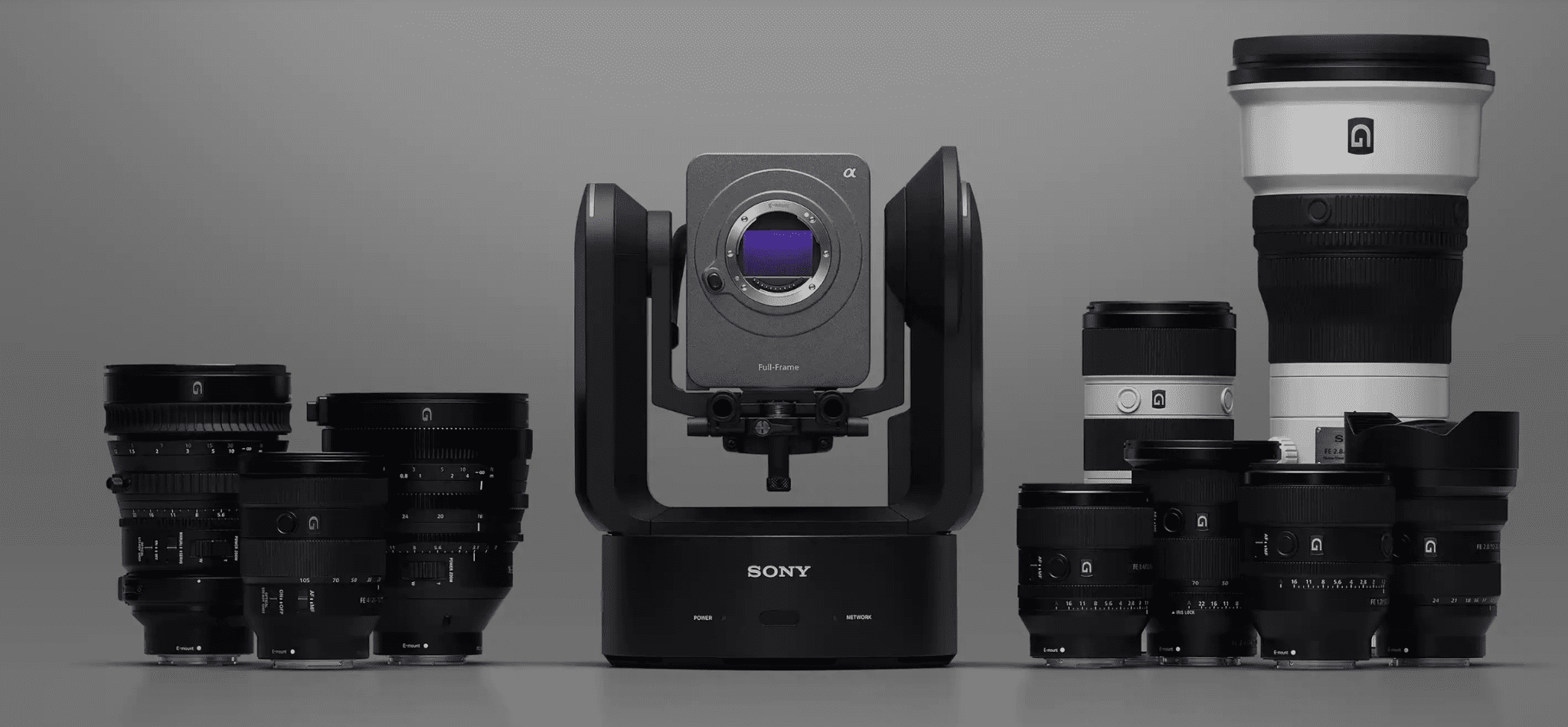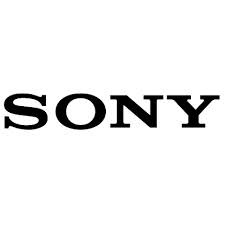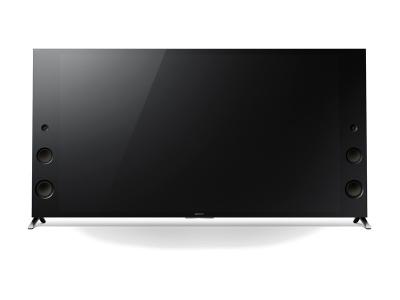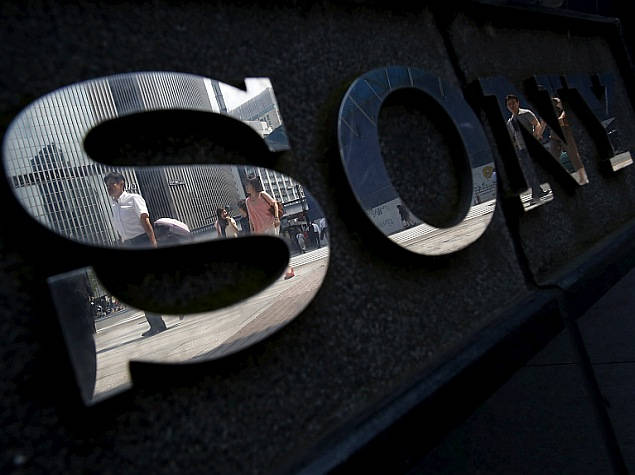The newest addition to Sony’s Cinema Line is the ILME-FR7, an E-mount interchangeable lens camera with a full-frame image sensor and integrated pan/tilt/zoom (PTZ) capabilities. Thanks to its flexible remote control and cinematic characteristics, the studio, live production, and movie environments are all accessible to new creative possibilities.
A high-performance full-frame image sensor, the expressive range of Sony’s expansive E-mount lens array, remote pan/tilt/zoom control, tremendous flexibility in zoom capability, and wide-angle photography combine to overcome spatial and spatial limits. Additionally, it offers flexible connection, efficient support for multi-camera workflows, and the cinematic appearance and operability that have allowed Sony digital cinema cameras to push the boundaries of the filmmaking industry.
Mukesh Srivastava, Head of Digital Imaging Business Sony India said “The cinematic look and feel of the content is fast becoming a requirement in the broadcasting and live production industry as it opens new avenues to share a narrative. The new FR7 camera is the definitive answer to this trend with its PTZ and Cinematic features. It comes with an integrated, remotely controllable pan and tilt mechanism and with the flexibility to be used with a wide range of lenses. FR7 is going to change the way events are covered in reality shows such as the house of worship, entertainment shows, sports, music concerts etc.”
For the first time in a pan tilt zoom (PTZ) camera, the FR7 offers a back-illuminated 35mm full-frame CMOS image sensor from Exmor RTM with about 10.3 effective megapixels and wide 15+ stop latitude. This incredible sensor not only offers a wide dynamic range, low noise, and cinematic full-frame bokeh, but also excellent sensitivity, enabling ISO to be increased up to 409600 while shooting in low light. A broad variety of E-mount lenses, including the G MasterTM line with exceptional resolution and bokeh effect, may be mounted on the FR7 thanks to the Sony E-mount. Users have complete creative control thanks to a selection of focal lengths that range from 12 mm to 1200 mm.
Pan, tilt, zoom, focus, record, playback, and all camera settings may be easily managed from a tablet or computer web browser with the help of a new dedicated online application. Remote viewing of FR7 footage is possible for several users at once. Additionally enabled is multi-camera monitoring, which enables numerous cameras to be monitored remotely on a single device. The FR7 can be placed on a tripod, on a ceiling using the specialised CIB-PCM1, or in other places with limited access thanks to its integrated remotely controllable pan/tilt mechanism, allowing subjects to be discretely trailed and captured from unusual angles. For multi-camera productions, it is also compatible with Sony’s RM-IP500 remote controller, which increases creative potential while lowering the demand for specialised people in production studios and other shooting environments.
Up to 100 PTZ cameras can be remotely managed by a single RM-IP500 unit, which also offers useful joystick-controlled pan, tilt, and zoom functionality. The straightforward use of the FR7 is additionally supported by the included infrared remote controller.
From 0.02 degrees per second to 60 degrees per second, pan and tilt speed can be continually adjusted to allow a variety of steady and fluid camera motions. The tilt angle range is between -30° and +195°, and the pan angle range is between -170° and +170°.
The FR7 has a memory capacity of up to 100 preset camera positions. Up to 100 camera position presets may be retrieved using the integrated web application and optional RM-IP500 remote controller. At the touch of a button, presets that control the camera’s orientation, zoom, and focus can be recalled. With a firmware upgrade, the FR7 will also support the S700 protocol over Ethernet, enabling control of this product from Sony’s Master Setup Unit (MSU) and Remote Control Panel (RCP).
Even when using a shallow depth of field, Fast Hybrid AF and pan/tilt/zoom features work together to focus on stationary or quickly moving subjects precisely and smoothly over a large area. The operator may concentrate on framing the perfect photo since the integrated BIONZ XRTM engine realises detection performance for pinpoint eye focus even when subjects are staring at steep angles. When utilising the FR7’s web application, Touch Focus can be utilised to start focusing using Real-time Tracking and Real-time Eye AF if an eye is detected.
The electronic variable ND filter that is built-in allows for seamless ND modification. By automatically adapting the ND filter to the changing light, an auto ND function maintains exposure stability. There is also the option of a remote control, which enables exposure control away from the camera.
Due to its wide range of video inputs and outputs, IP streaming, power supply, and ability to sync with other devices, the FR7 is designed to seamlessly integrate into and adapt to a variety of workflow scenarios, from straightforward plug-and-play to more complicated high-end productions.
The FR7 also has twin media slots that handle CFexpress Type A and SDXC memory cards, a feature that is uncommon in PTZ cameras. The FR7 is a fantastic option for a wide range of video production applications because it can record high-quality XAVC-I footage with metadata. Due to its high-speed write capabilities, which guarantee stable recording of data at high volumes and frame rates, CFexpress Type A cards are especially well suited for high bitrate 4K video production. Additionally supported are simultaneous recording, relay recording, interval recording, and proxy recording. A suitable external recorder can receive a 16-bit RAW stream from the SDI output (sold separately).
There are video output ports for HDMI Type A and 12G-SDI as well as optical output for lengthy transmission. The signal from an external microphone or audio device will be received using the AUDIO IN (XLR type 5-pin) connector. A single connector is used by AUDIO CH-1 and CH-2.
One LAN cable can be used to carry out camera control, video and audio transfer, and power supply, which reduces the amount of wiring needed. For use in an IP-based system, the FR7 LAN (network) connector supports a number of streaming protocols, including RTSP, SRT, and NDI ® |HX. There is no need for separate power supply wiring because the FR7 may be powered from an external PoE++ (Power over Ethernet Plus Plus) device using a regular network cable.
The Timecode IN connector accepts timecode for synchronisation with an external device, whereas the GENLOCK receives synchronisation signals in multi-camera systems. Additionally, the red/green tally lights that are provided on the camera’s side panels help performers and crew immediately identify the on-air and preview cameras in multi-camera setups in the studio or on location.
The price of the ILME-FR7 camera in India will be available upon request starting on January 31, 2023.






